In the digital age, it’s impossible to escape the grasp of technology. But what exactly is it? And how can we explain it to our children? This article aims to break down the concept of technology in a way that’s easy for kids to understand.
Technology Defined for Kids

Technology embodies a broad term, acting as an umbrella for multiple objects and processes. When classifying devices like computers, smartphones, or gaming consoles, one can pinpoint them as examples of technology. However, technology defined for kids isn’t limited to these items. Rather, it entails every method or process that aids in problem-solving or enhances human abilities. It’s as simple as a pencil used for writing, or as complex as the spaceship that reaches out to the stars.
The Impact of Technology on Everyday Life
A day doesn’t pass when individuals don’t interact with technology. It’s become ingrained in everyday existence, serving a significant role in several aspects. Consider education, for instance. Classrooms have transformed with the advent of digital educational tools like tablets and smart boards. These pieces of technology made learning more interactive and engaging.
How Technology Benefits Education
Tools for Learning and Creativity
Technology provides a plethora of tools that bolster learning and creativity. Software programs, for instance, animate abstract concepts, making learning an immersive experience. Apps like Duolingo offer language lessons to kids in a playful yet effective manner. Likewise, creativity toolkits such as Tynker encourage kids to design, code, and innovate, imparting essential 21st-century skills.
Moreover, assistive tech tools offer students with learning or physical difficulties tailored learning experiences. Audiobooks, text-to-speech software, and braille e-readers, to name a few, make education more accessible. In effect, technology levels the educational playing field, offering all students the chance to flourish.
Online Learning Platforms

Online learning platforms signify another profound way technology transforms education. Platforms like Khan Academy and Coursera democratize education, making quality lessons accessible irrespective of geographical location.
Besides imparting academic knowledge, these platforms also offer a myriad of courses on life skills, programming, art, and more. This comprehensive learning approach equips kids with a well-rounded education, going beyond traditional educational boundaries.
Teaching Kids Safe Technology Use
Setting Boundaries and Safe Practices
Parents and educators play a central role in establishing technology defined for kids. Firstly, they restrict usage duration, promoting a balanced lifestyle including both offline and online activities. They might adhere to the American Academy of Pediatrics’ recommendation of no more than one to two hours of screen time per day for children over two years of age.
Secondly, approved content gains priority. Adults guide kids towards age-appropriate applications and websites, filtering out potentially harmful material. Examples include platforms like YouTube Kids, KiddZtube, and Azoomee, designed expressly for children’s consumption.
Finally, adult supervision remains crucial during online sessions, providing immediate guidance in the digital sphere. Software tools like parental controls and kid-safe browsers facilitate this, allowing for a more controlled and secure online environment.
Importance of Privacy and Data Security
Teaching kids about the significance of privacy and data security forms a cornerstone of safe technology usage. Firstly, personal information protection is vital. Children learn not to disclose identifiable details like their full name, address, or school name online.

Secondly, understanding online interactions holds importance. Just as in real life, children must be aware that not everyone online may have their best interest at heart, emphasizing the need for cautious communication.
Finally, digital footprints are important. Kids should be aware that their online actions, posts, and behaviors create a permanent online history. This education fosters responsible behavior online and underscores long-term implications of one’s digital actions.
Inculcating these practices ensures children grow into responsible digital citizens, comprehending the gravity and reach of their online engagements.
Must Know
Technology defined for kids education can’t be overstated. It’s transformed the learning landscape, making it interactive and accessible. Tools like Khan Academy and Coursera are revolutionizing the educational experience. But it’s not just about using technology; it’s also about using it safely.

